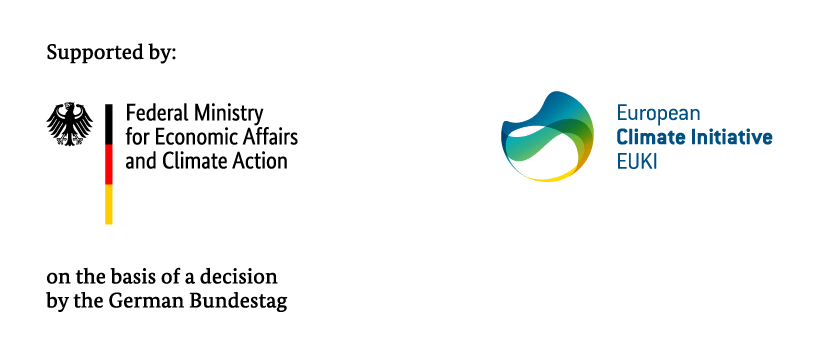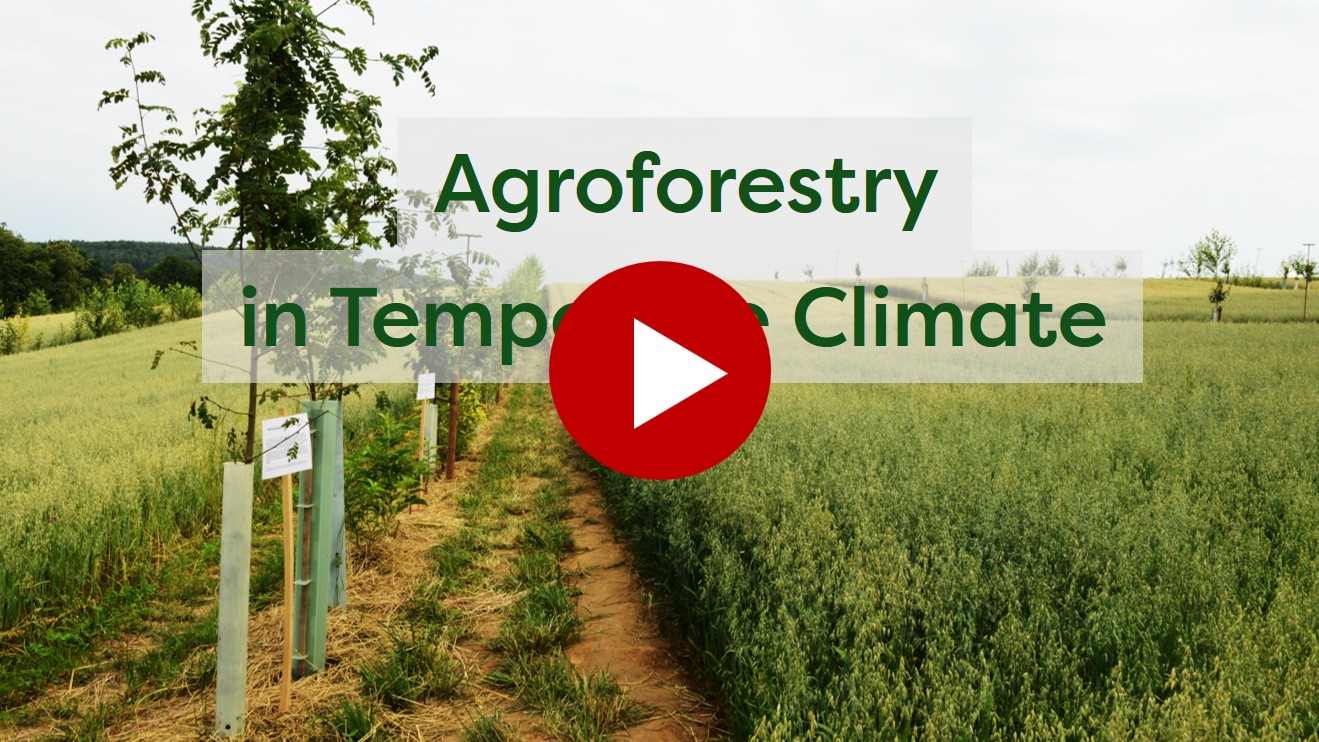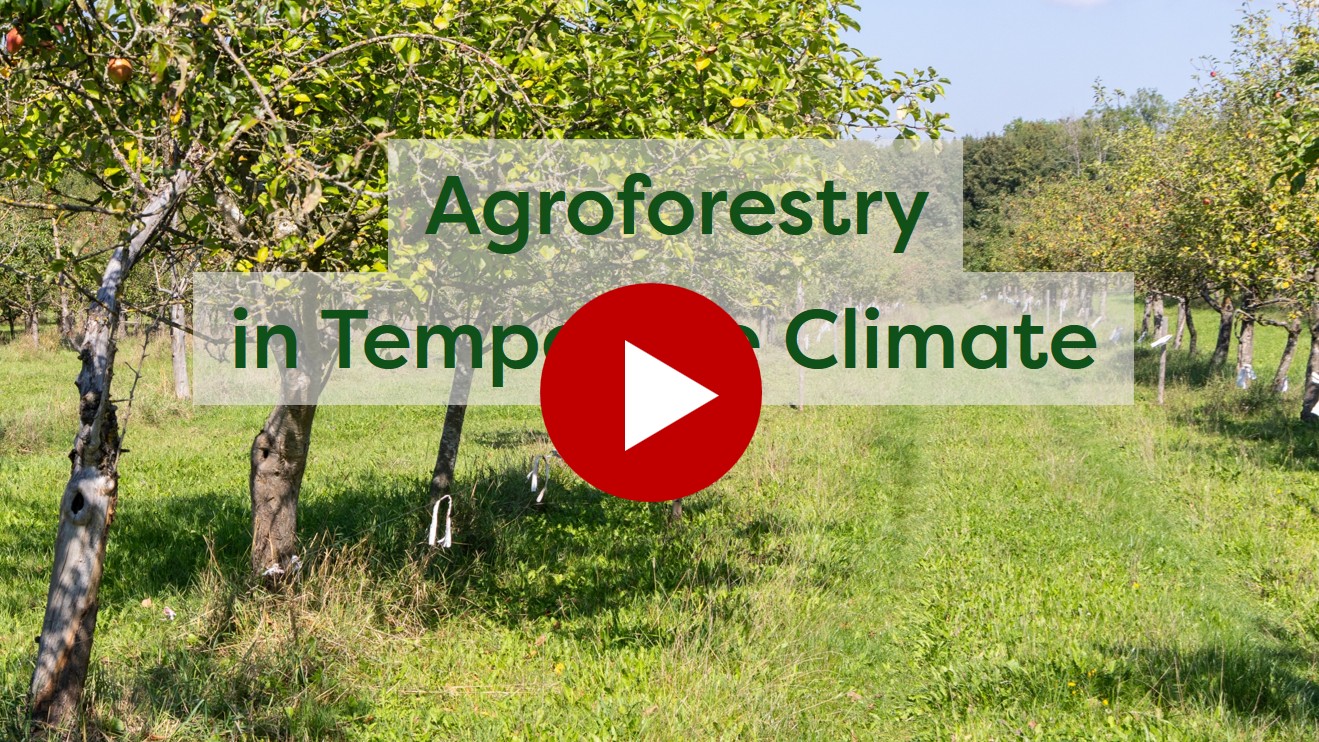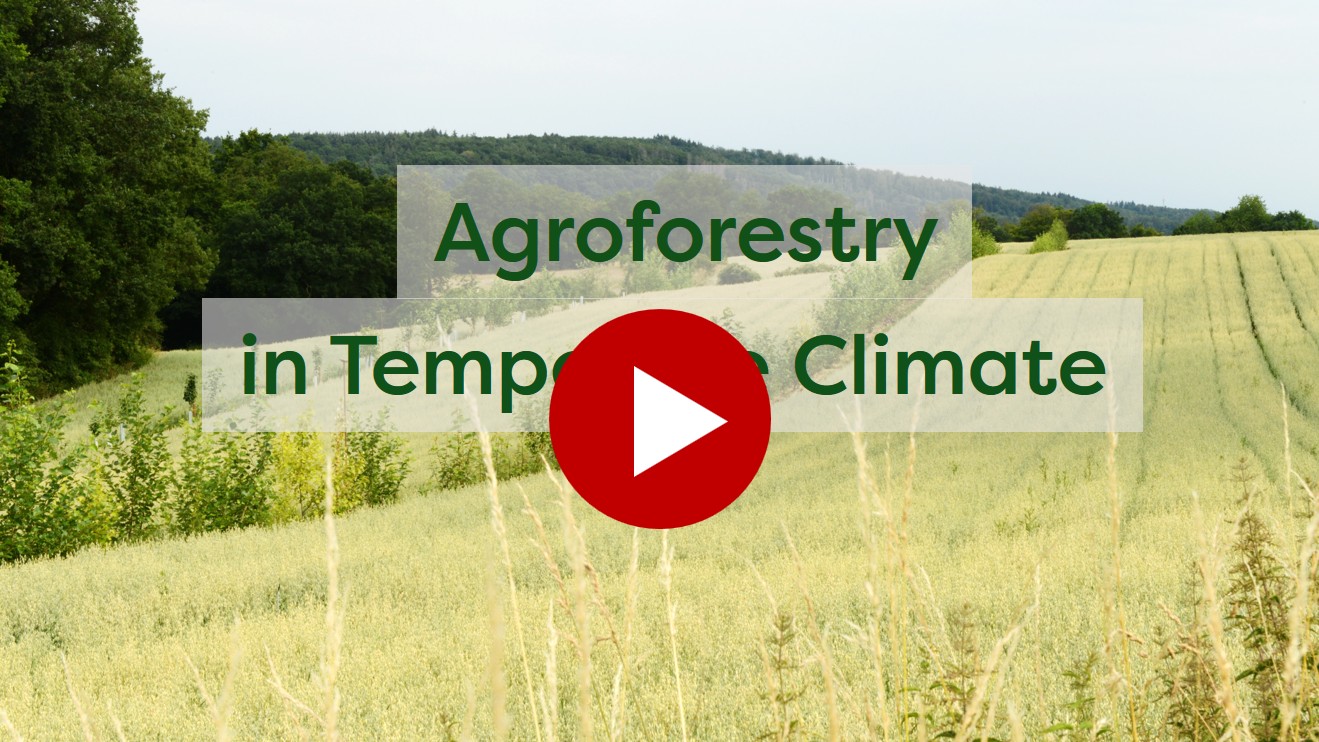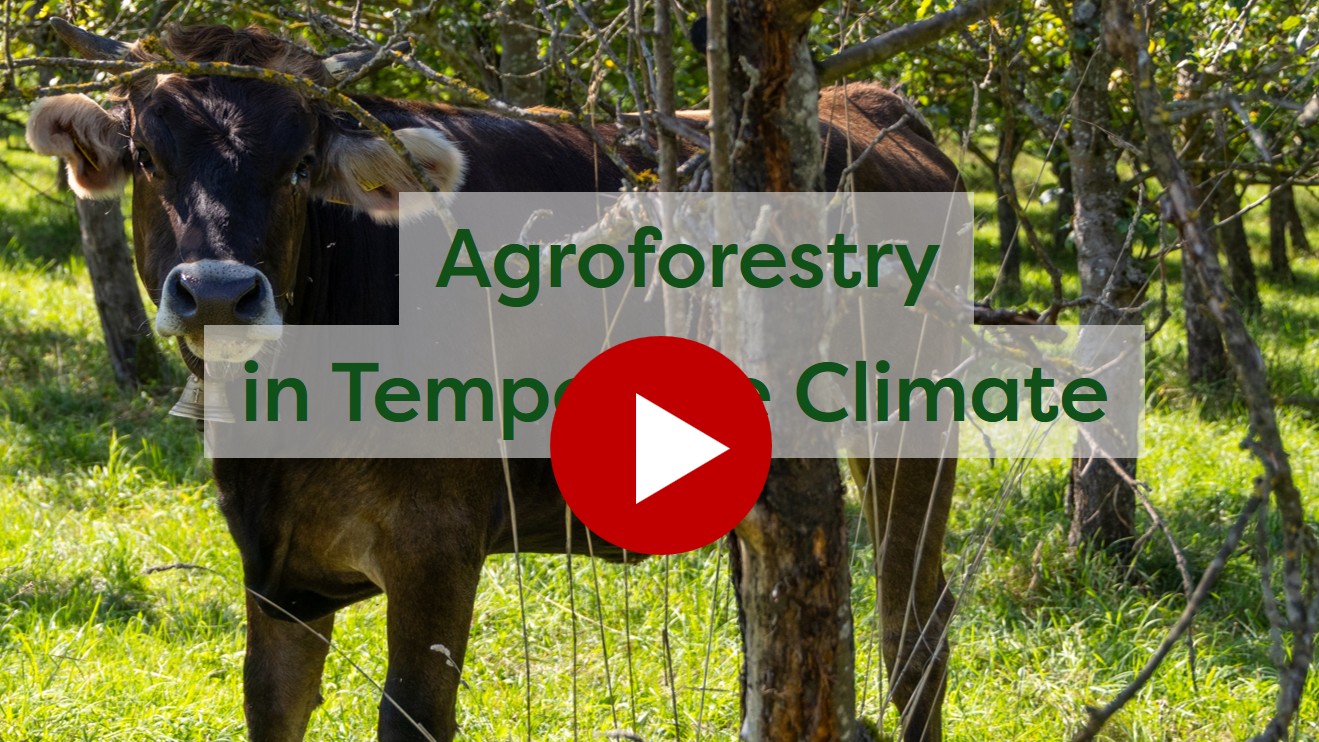Agroforestry on organic farms in Europe
Topic outline
-
In February and March 2025, two online events on this future-oriented topic took place, organised by Naturland's sustainability team in collaboration with Stefan Lemmerer from Naturland advisory services. This course compiles the recorded and edited videos of all six talks.
Speakers come from the German Association for Agroforestry (Deutscher Fachverband für Agroforstwirtschaft, DeFAF), the consultancy Triebwerk, the Justus-Liebig-University in Giessen/Germany, and Naturland advisory services. Practitioners also share their insights: several Naturland farms report on their experiences with implementing agroforestry systems.
As part of the EUKI project “Improving C-balances on organic farms for the sequestration of atmospheric carbon", videos of these events had been produced with subtitles in English, Polish, Serbian and Slovenian.
Videos of this Compilation
-
What is agroforestry? Fundamentals for temperate climates – Stefan Lemmerer, Naturland advisory services // Sebastian Frey, Naturland farmer
-
How agroforestry boosts biodiversity & fights climate change in temperate climates – Julia Günzel, German Association for Agroforestry
-
Agroforestry in practice: Tips for getting started in temperate climates – Stefan Lemmerer, Naturland advisory services // Axel Reupke, Agricultural estate management Reinau
-
Planning agroforestry systems in temperate climates – Christoph Meixner, Agroforestry consultancy Triebwerk
-
How to finance agroforestry systems in Europe – Christian Warnke, Naturland farmer
Agroforestry on organic farms in Europe: Naturland real-life examples – Eva-Maria Minarsch, Justus Liebig University (Giessen) // Zeno Piatti-Fünfkirchen, Naturland farmer and delegate.
-
-
Speaker: Stefan Lemmerer, Naturland advisory services, Austria // Sebastian Frey, Naturland farmer, Germany
Duration: 23:00 min
Language: German, with subtitles in EN, PL, SLV, SR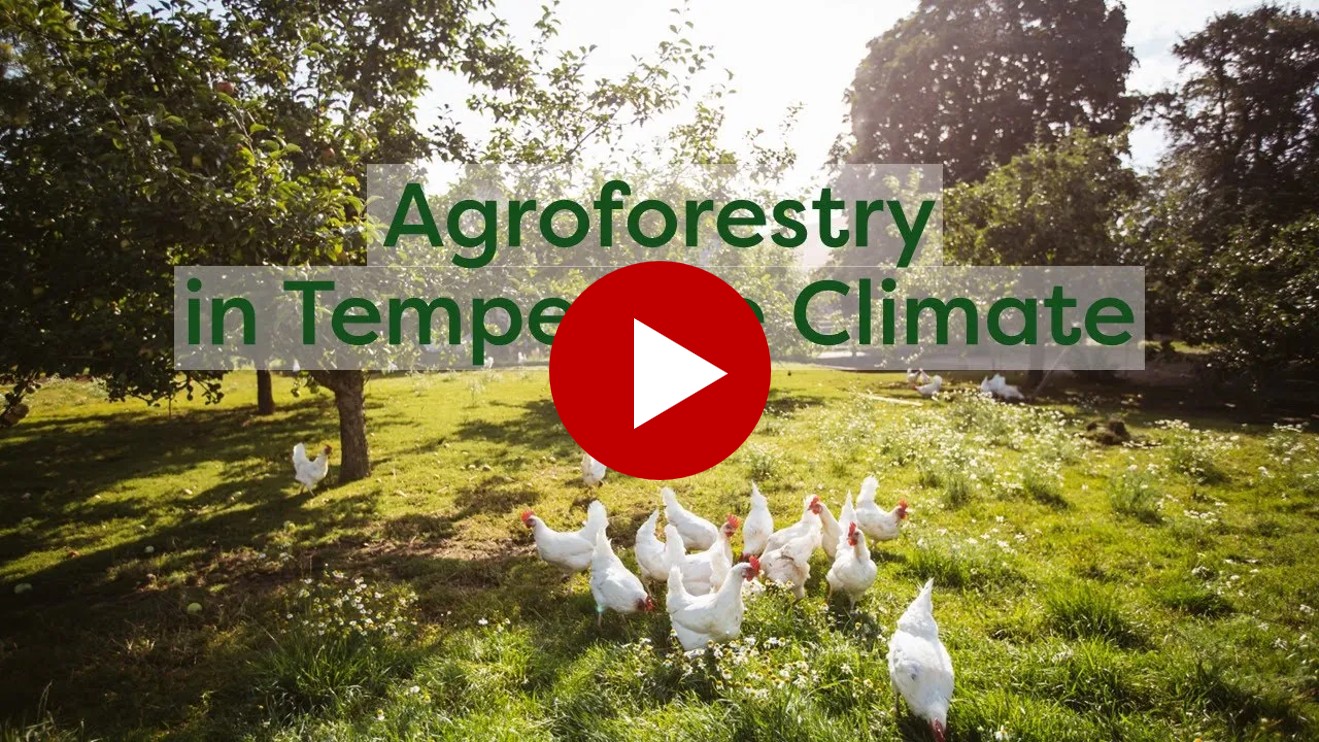
By clicking on the youtube video, you agree to youtube dataprotection provision
Content description:
In the first part of the online seminar, Stefan Lemmerer from Naturland advisory services will shed light on the fundamentals of agroforestry systems in temperate climates and the funding structure that prevails in Germany and Austria to support their establishment.
Sebastian Frey from the Frey family farm in Miltenberg will then explain why he believes agroforestry systems make sense in times of climate change and how these complex systems can be successfully implemented on a farm.
0:00-1:33 – Fundamentals of agroforestry
1:33-6:05 – Different forms of agroforestry
6:05-10:09 – Funding structure for agroforestry in Germany and Austria
10:09-13:25 – Introduction of Sebastian Frey and the family farm Frey
13:25-15:03 – The motivation for implementing agroforestry systems
15:03-19:12 – Agroforestry project 1 – Chicken run
19:12-23:00 – Agroforestry project 2 – Arable farming on the Hagsfeld
-
Speaker: Julia Günzel, German Association for Agroforestry (DeFAF), Germany
Duration: 25:17 min
Language: German, with subtitles in EN, PL, SLV, SRData protection notice: Video will open in youtube to access subtitles.
By clicking on the youtube video, you agree to youtube dataprotection provision
Content description:
Why are agroforestry systems useful and what effects do they have on our environment and society?Julia Günzel from DeFAF, the German Association for Agroforestry, explains these topics. Among other things, she concludes that agroforestry systems can build bridges, for example between agriculture and nature conservation.
0:00-1:08 – Introduction of Julia Günzel
1:08- 3:33 – The role of agroforestry in Europe
3:33-5:22 – The effects of agroforestry
5:22-12:54 – Effects on soil fertility
12:54-14:05 – Effects on water retention
14:05-16:15 – Effects on biodiversity
16:15-19:28 – Land equivalent ratio (LER) of agroforestry systems
19:28-25:17 – Value chains – the economics behind agroforestry systems
-
Speaker: Stefan Lemmerer, Naturland advisory services, Austria // Axel Reupke, Agricultural estate management Reinau, Germany
Duration: 27:29 min
Language: German, with subtitles in EN, PL, SLV, SRData protection notice: Video will open in youtube to access subtitles.
By clicking on the youtube video, you agree to youtube dataprotection provision
Content description:
In this video, the fundamental aspects that need to be considered when planning an agroforestry system are discussed.
Stefan Lemmerer from Naturland advisory services describes the complexity of agroforestry systems and how important it is to clearly prioritise the main purpose when planning an agroforestry system.
Axel Reupke head of the biodiversity and sustainability department at the agricultural estate management Reinau, then explains how their agroforestry systems were planned and what aspects required careful consideration.
0:00-2:58 – Fundamental aspects of planning an agroforestry system
2:58-8:55 – Complexity – Diversity and interrelations as driving aspects
8:55-10:40 – Why – Defining the goals of the system
10:40-12:31 – Where – Planning the system in the right location
12:31-14:38 – What and How – Defining details of the agroforestry system
14:38-19:53 – Introduction to the agricultural estate management Reinau and its agroforestry systems
19:53-23:54 – How agroforestry is implemented in practice
23:54-25:28 – Objectives and opportunities of agroforestry
25:28-27:29 – Risks and challenges of agroforestry -
Speaker: Christoph Meixner, Agroforestry consultancy Triebwerk, Germany
Duration: 34:29 min
Language: German, with subtitles in EN, PL, SLV, SR
Data protection notice: Video will open in youtube to access subtitles.
By clicking on the youtube video, you agree to youtube dataprotection provisionContent description:
In this video it gets down to specifics: Christoph Meixner from the agroforestry consultancy Triebwerk explains what is important when planning an agroforestry system. There are no standard solutions; instead, the individual requirements of the farm are taken into account, such as the region, marketing and usage options. The desired environmental impact also plays a role in the choice of location and tree species.
0:00-3:45 – Introduction of Christoph Meixner and the agroforestry consultancy Triebwerk
3:45-6:05 – Initial planning considerations
6:05-10:38 – Target products of agroforestry systems
10:38-14:00 – Site characteristics as selection criteria
14:00-19:28 – Resource allocation for a successful implementation
19:28-23:32 – Possible restrictions as a planning aspect
23:32-29:02 – Planning process at the agroforestry consultancy Triebwerk
29:02-33:03 – The costs of an agroforestry system
33:03-34:29 – Conclusion and summary -
Speaker: Christian Warnke, Naturland farmer, Germany
Duration: 26:32 min
Language: German, with subtitles in EN, PL, SLV, SR
Data protection notice: Video will open in youtube to access subtitles.
By clicking on the youtube video, you agree to youtube dataprotection provisionContent description:
What does the planning and financing of an agroforestry system look like in practice? Christian Warnke shares insights from his farm, the challenges he faced in structuring his land, the funding opportunities available, and how to "shape tomorrow's landscape today”.
0:00-5:50 – Introduction of Christian Warnke and his farm
5:50-9:02 – Planning aspects of his agroforestry systems
9:02-15:50 – Private sector funding
15:50-19:36 – Funding through foundations
19:36-21:20 – Funding through compensatory measures
21:20-23:49 – Funding through crowdfunding
23:49-26:32 – State funding through projects -
Speaker: Eva-Maria Minarsch, Justus Liebig University, Germany // Zeno Piatti-Fünfkirchen, Naturland farmer and delegate, Austria
Duration: 39:37 min
Language: German, with subtitles in EN, PL, SLV, SR
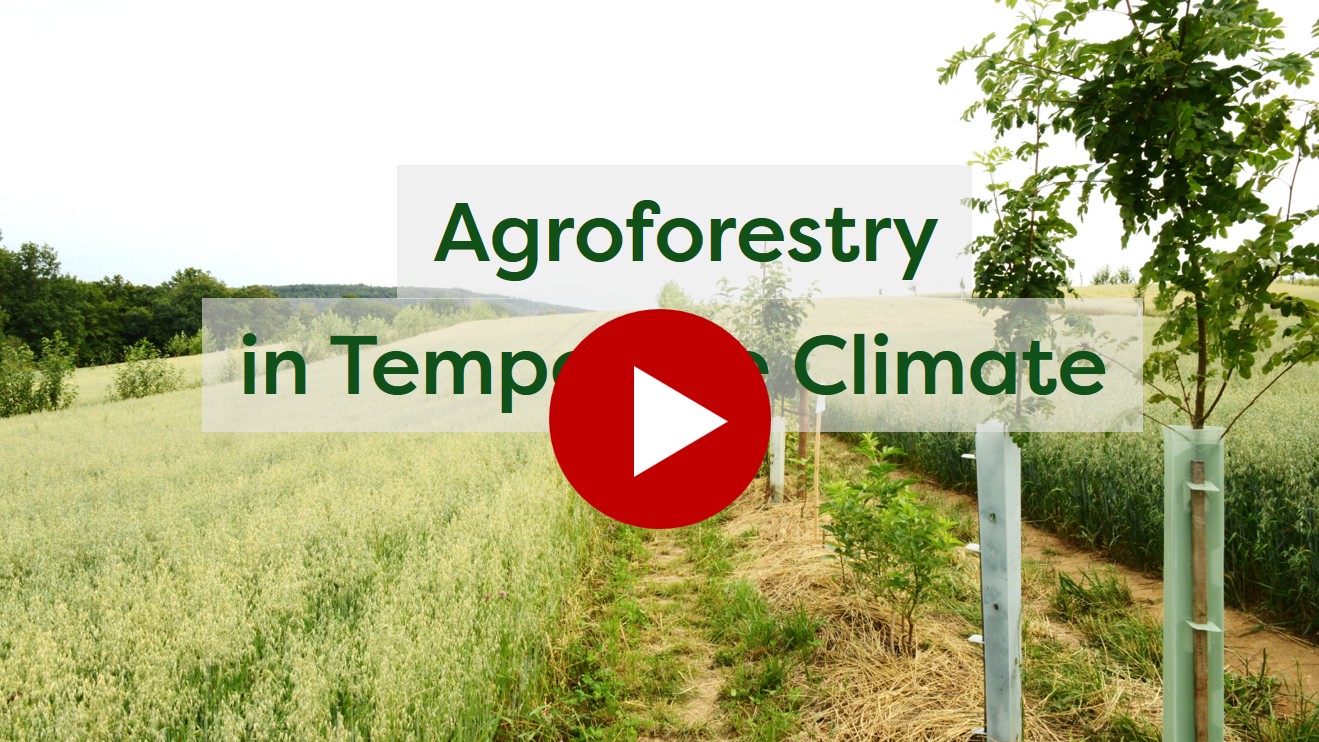
Data protection notice: Video will open in youtube to access subtitles.
By clicking on the youtube video, you agree to youtube dataprotection provision
Content description:
Three agroforestry systems were planted between 2020 and 2022 at the Gladbacherhof educational and experimental farm for organic farming. In this video, Eva-Maria Minarsch from the Justus Liebig University in Giessen reports on the motivation and goals behind the project and its early successes.
Zeno Piatti-Fünfkirchen from the Stutenhof estate in Lower Austria also established modern agroforestry systems in 2023 and 2024 with the aim of adaptation to climate change in this dry region. He also reports on the world's first agroforestry certificate, PAN, developed by ARGE Agroforst in Austria.
0:00-2:39 – Introduction of Eva-Maria Minarsch and the educational and experimental farm Gladbacher Hof
2:39-5:48 – High risk of erosion as the main reason for agroforestry systems
5:48-11:58 – The three agroforestry systems and the structure of the tree strips
11:58-15:55 – Management steps throughout the year
15:55-19:50 – Agroforestry management experiences
19:50-27:20 – Introduction of Zeno Piatti and his agroforestry systems
27:20-30:42 – Agroforestry system 1 – Dobre Pole
30:42-33:10 – Agroforestry system 2 – Mikulov
33:10-39:37 – Agroforestry certificate PAN -
This project is part of the European Climate Initiative (EUKI) of the German Federal Ministry for Economic Affairs and Climate Action (BMWK).
